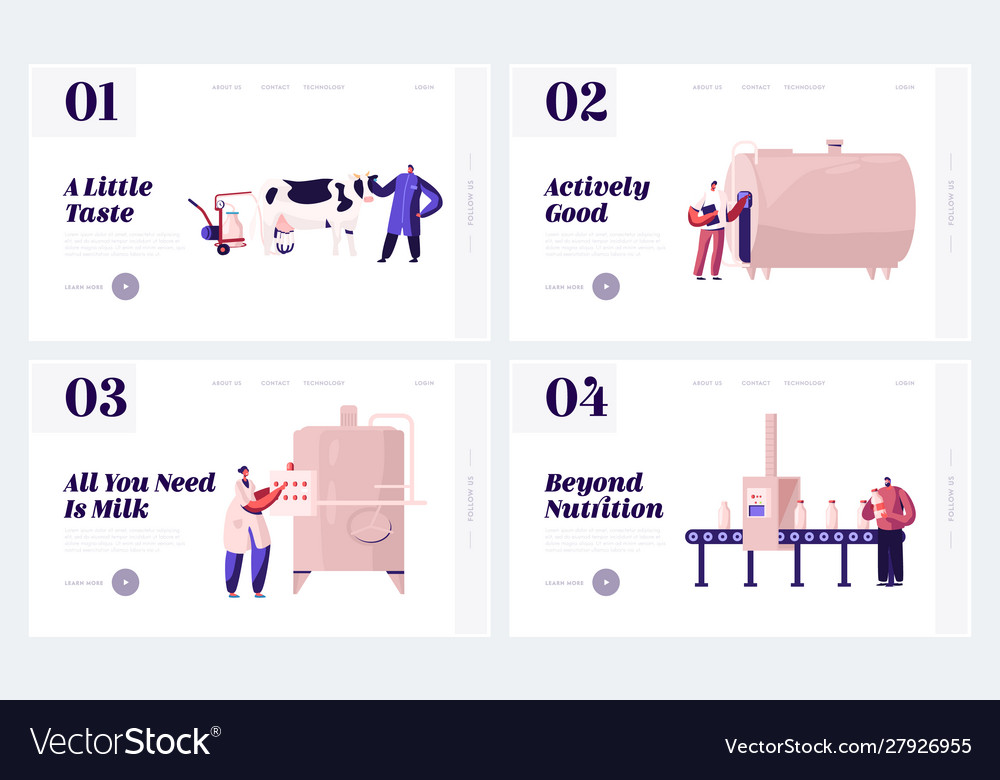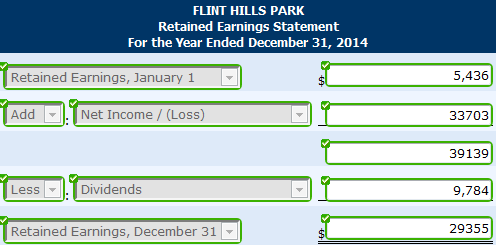This can include mark-downs and clearances or focusing a marketing campaign on that product to draw attention to it. Studies show that the average company has between 20 and 30 percent obsolete inventory at any given time. This matters because it costs your company a lot of money, and obsolete inventory creates waste in the disposal of unusable or unsellable products. So, not only do you have to account for the monetary loss of products that you invested too much into, but you also have to properly dispose of any remaining product at the end of its shelf life. The key to understanding obsolete inventory management is understanding and meeting the demands of your customers.

Obsolete or dead inventory is stock that can no longer be sold because the product has reached the end of its life cycle. This inventory will not sell for a long period of time and is not expected to sell in the future. Obsolete inventory is a company’s inventory that has reached the end of its product lifecycle.
How does inventory obsolescence happen?
Or, perhaps your supplier didn’t tell you how long the lead times would be, causing you to miss the profitability window on your purchase. If you have seasonal items in your inventory, you’ll want to make sure your purchasing matches your needs so that you don’t run out during the busy season and have dead inventory in the off-season. Pay attention to how much of each product you have on hand, compared to how quickly it has been selling. If your totals for usage each quarter are too low, you want to quickly make a plan for how to sell your current inventory before it loses all value.

Let’s explore the effects of obsolete inventory on small-business owners, then look at ways to get rid of it—and avoid it in the future. Whether you are in retail, the supply chain, or are a manufacturer you have inventory. Ensuring that your inventory is “fresh” is a key to achieving profitability.
How to Determine the Effects of Inventory Errors and Calculate Inventory Turnover
Calculating your company’s inventory turnover ratio is essential if you wish to eliminate your slow-moving and obsolete stock. The disposal of obsolete inventory occurs when it cannot be repurposed, kitted, donated, or discounted. Depending on the type of product, this could be done through recycling programs or other disposal methods.
- Limited-time promotions, such as special offers or discounts, can also help generate interest and encourage sales of slow-moving items.
- Obsolete is different from slow-moving inventory in a few ways, but mostly due to its reaching a particular timeline.
- SLOB inventory (Slow-moving and obsolete inventory) possibly already occupying a significant amount of space in your warehouse.
- Supply chain forecasting involves using data and research to make predictions on all aspects of the supply chain to ensure a business runs smoothly and continues to grow.
Guesswork has no place in this model — a company has to have the right goods in the right amounts at the right place at the right time, or they’ll end up with that obsolete stock somewhere. Nothing is foolproof, but sometimes people don’t use the data available to them as assiduously as they could. They don’t do enough research on past sales histories, market trends, or customer demands to gauge future needs, and they don’t take enough notice of the metrics they do gather. Inventory management can also help brands detect seasonal trends and allow them to get ahead of both high and low demand forecasting for specific products.
How does obsolete inventory work?
It is essential to consider any possible seasonality for the business, as it will heavily impact our analysis. Obsolete inventory is a drawback to any small business, cutting into profit margins, reducing working capital, and taking up warehouse storage space. Any inventory that cannot be sold needs to be written off as an expense at the end of the fiscal year.
- An advanced version of the “last used” report compares total inventory withdrawals to the amount on hand, which by itself may be sufficient information to conduct an obsolescence review.
- At Business.org, our research is meant to offer general product and service recommendations.
- One common way to identify slow-moving and obsolete Inventory is to perform a regular comparison between stock on hand and usage patterns, both in production and sales.
- However, many businesses will experience some degree of inventory obsolescence.
- Both types of inventory can result in higher storage costs, lower inventory turnover, and reduced cash flow.
Inventory is at the heart of an online business, so it’s important to have access to data that provides insights into how well your supply chain is performing. Though inventory forecasting is rarely 100% accurate, it becomes even more challenging when there isn’t enough historical order data or market insights to help make the best decisions. Known as obsolete inventory, holding on to purchased inventory that is no longer sellable can significantly harm your bottom line. Regular review of your inventory will not only help to avoid large write-offs at year end, but will also help with tax planning. If you write down $10,000 of inventory to $2,000, you make an Inventory Reserve journal entry for $8,000.
Obsolete Inventory Analysis
You can also use automated systems to detect when certain items are becoming obsolete and adjust your inventory accordingly. For example, if the value of 200 units is initially $10,000, but they have become obsolete, the company may write down the value of these units to $5,000. This will then be reflected in their financial statements as a decrease of $5,000 in the cost of goods sold and assets.
Beyond Meat® Reports Second Quarter 2023 Financial Results … – Investor Relations Beyond Meat, Inc.
Beyond Meat® Reports Second Quarter 2023 Financial Results ….
Posted: Mon, 07 Aug 2023 23:25:23 GMT [source]
Obsolete inventory, also called dead or excess inventory, refers to inventory a company still has after they should have sold it. This means that a product has reached the end of its product life cycle without being purchased or used by consumers. Obsolete inventory consists of items that a company owns but has not recently sold and does not expect to sell in the future.
Bundling with Popular Products
To learn more about our software and how it can be advantageous for you, click here to schedule a demo with one of our experts. Central City Electronics only gets monthly inventory reports, so it doesn’t realize the problem until it’s too late. At Obsolete inventory that point, even most liquidators aren’t interested in TVs with this outdated technology. In a recent Brainyard panel of retailers, distributors and manufacturers, the majority of participants cited forecasting demand as a top area of concern.
You can either do this periodically or track it in real-time using a high-quality inventory system. I will walk you through one of the simplest forms of overall analytical review you can perform on stock on hand at your company, to get you started on the journey of eradicating obsolete Inventory. Another option is to find competitors who might have more use of the items and sell to them. However, this will usually also happen at a significantly discounted price. We are trying to realize in bulk so that we can salvage at least some of the value.
How to Calculate Accumulated Depreciation of Inventory
If a company with slim margins consistently finds itself with obsolete inventory and doesn’t address the problem, it could end up in a deep hole. In the past, if the inventory was held for too long, the goods may have reached the end of their product life and become obsolete. Currently, with technology, the state of abundance, and customers’ high expectations, the product life cycle has become shorter and inventory becomes obsolete much faster.
The $1,500 net value of the inventory less the $800 proceeds from the sale has created an additional loss on disposal of $700, which is charged to the cost of goods sold account. With the right data, you can identify slow-moving items and make decisions on whether to discontinue certain items or run a promotion to sell slow-moving items faster before they completely lose their value. With ShipBob, you can split inventory across our international fulfillment network and easily track and manage inventory in real time all through ShipBob’s user-friendly merchant dashboard. Though there are several great inventory forecasting solutions on the market, you can always rely on a 3PL to provide the insights you need to better forecast demand without the extra cost. An inventory write-off can help you reduce your tax liability, which involves taking the inventory off the books when it is identified to have no value and, thus, cannot be sold. Having access to supply chain data can help you improve supply chain efficiency, including how well inventory is managed.
Excess Electronic Components: How to Sell Your Inventory and … – sourceability.com
Excess Electronic Components: How to Sell Your Inventory and ….
Posted: Fri, 28 Jul 2023 07:00:00 GMT [source]
An extended cost for each item is also listed, in order to give report users some idea of the write-off that might occur if an item is declared obsolete. Ultimately, reducing obsolete inventory is a painless way for product-based companies to boost their bottom lines. Upon closer inspection, the accountants realize the company wrote off hundreds of thousands of dollars’ worth of product last year, much of it 1080p LCD televisions. Its forecast called for 1080p TVs to be big sellers, but far more people bought 4K and OLED sets instead.
